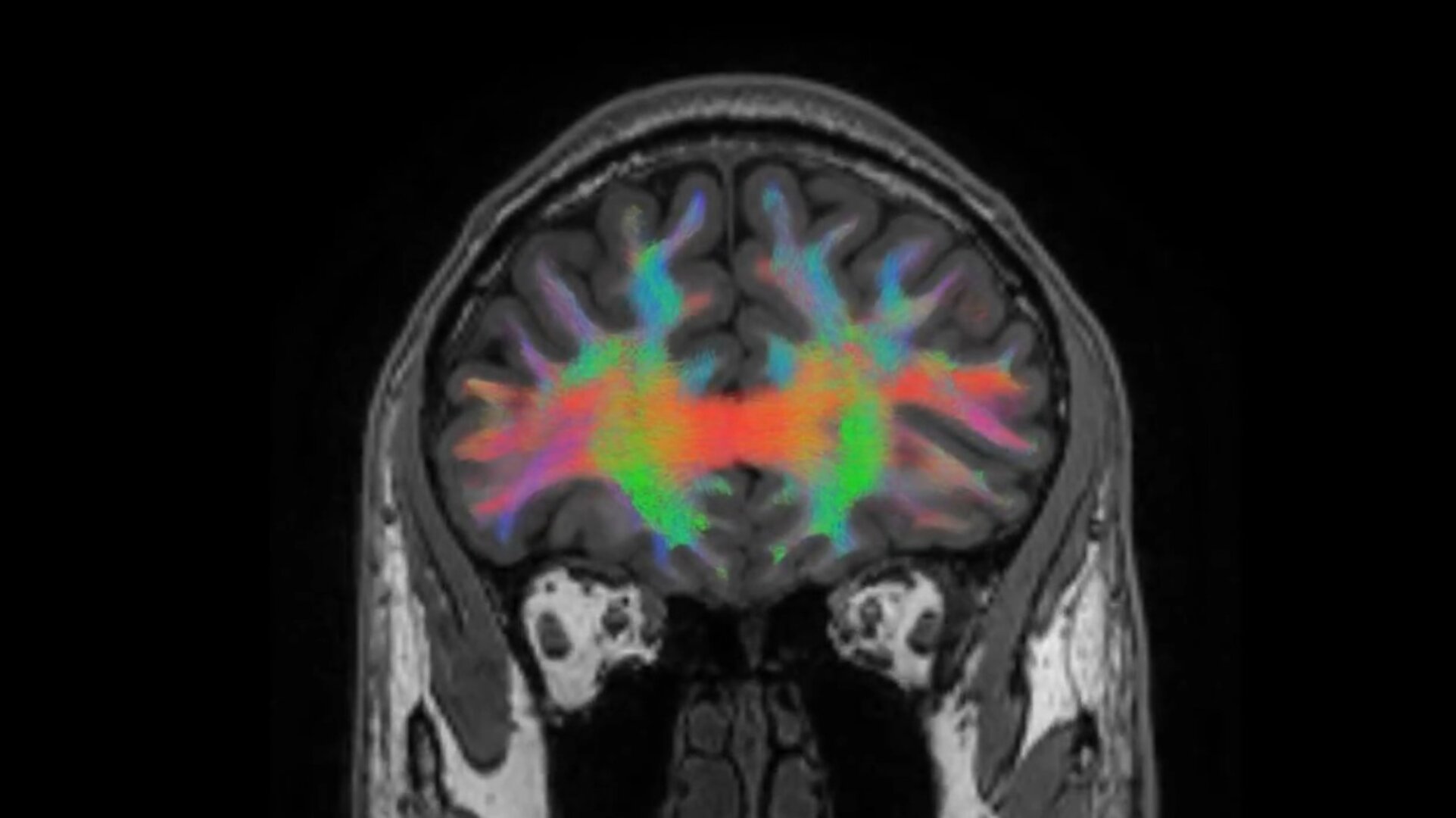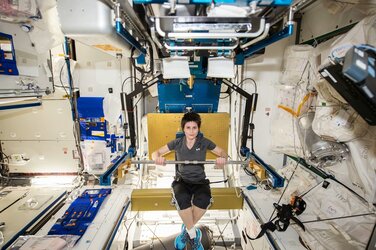Astronaut brains as beacons for researchers
How astronauts adapt to the stresses of living in space is helping researchers to pinpoint the causes of common disorders on Earth.
From the brain’s point of view, living in space is very stressful. The signals from an astronaut’s body in space go haywire as they float in weightlessness. The inner ear reports that it is falling, but the eyes show that nothing is moving.

As fluid shifts to the head, the brain usually interprets this extra pressure as a sign it is upside down – but in space there is no up or down. The body clock might signal that it is tired after a day’s work on the International Space Station, but astronauts experience 16 sunrises and sunsets every 24 hours.
Despite all these conflicting signals the brain adapts and within a few days astronauts float through their home in space as if born there.
The amazing ability of our brains to adapt to new experiences is what makes us survive and thrive, but brains also seem to benefit from the past. Experienced astronauts need less time to readapt to weightlessness than rookies, even if the missions are years apart.
Searching connections
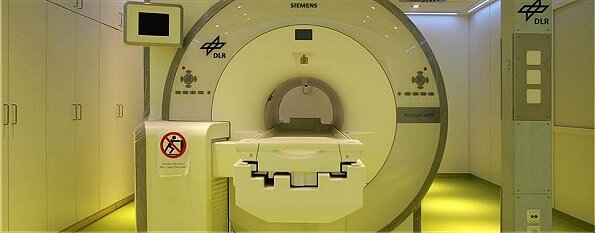
Researchers at the University of Antwerpen, Liege and Leuven in Belgium have devised the ‘Brain-DTI’ study to learn more about how astronauts’ brains adapt to spaceflight.
Before and after their flights, up to 16 astronauts will be put in an advanced MRI scanner. The images show the brain’s neural networks and how the connections change after the astronauts’ experiences in space.
The research has far to go but it is already revealing some areas of the brain that are involved in adapting to new experiences based on conflicting signals from the body – and pointing to areas of interest for people on Earth.
Research for people closer to Earth
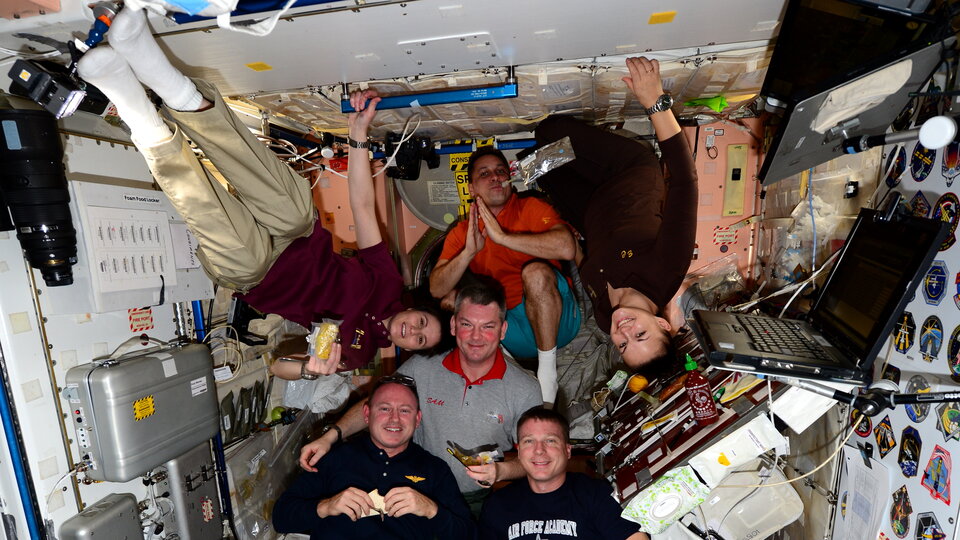
Several common disorders found on the ground arise from the brain not adapting to signals from the body correctly. A type of vertigo, for example, can develop when the brain does not adapt to conflicting signals from the inner ear, much like when an astronaut is in space.
Medical researchers now have a starting point to look for problem areas in the complex brain structure in people who suffer from such disorders.
Principle investigator Professor Floris Wuyts explains: “The research on astronauts is an ethical way to look at people’s brains before and after a stressful incident.
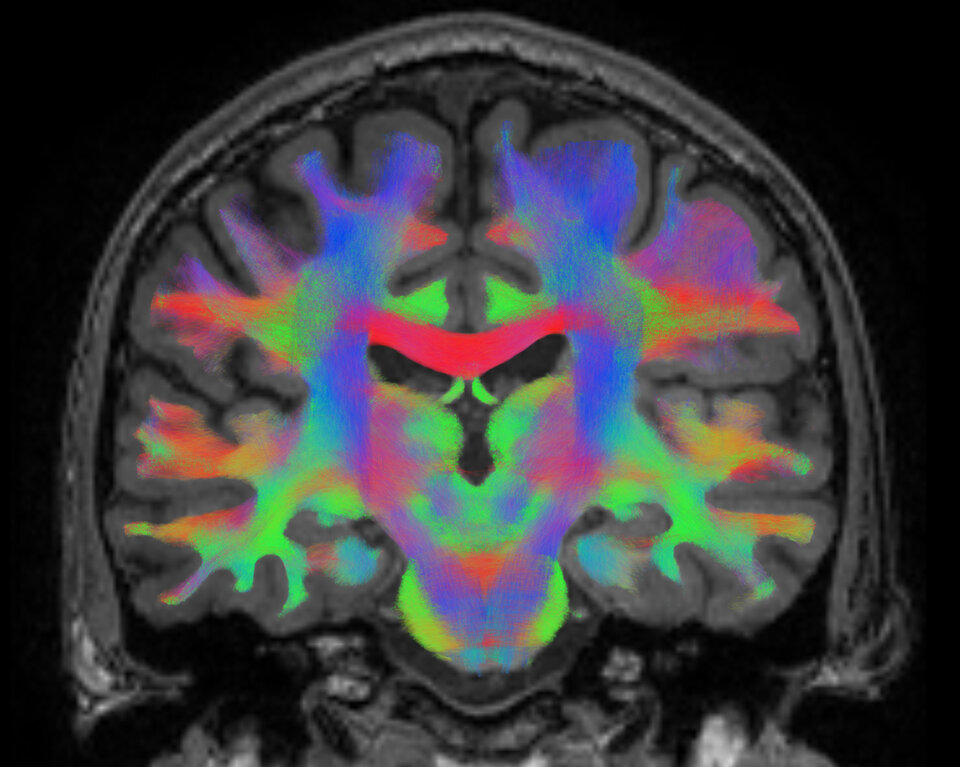
“Ideally, we would have brain scans of people when they were healthy and after they started suffering from a disorder, because then we can see where the changes have taken place. But such an ideal situation does not exist, and neither can we give subjects a traumatic experience on purpose, of course.”
For the first time a controlled study using advanced MRI methods is showing researchers where to look in the brain’s complex neural network to target areas for further study and cures.
Floris concludes: “The scans from the astronauts are like lighthouses, illuminating points where problems can be in patients on Earth.”
The Brain-DTI study should finish collecting data in 2018 but the first paper has already been published.

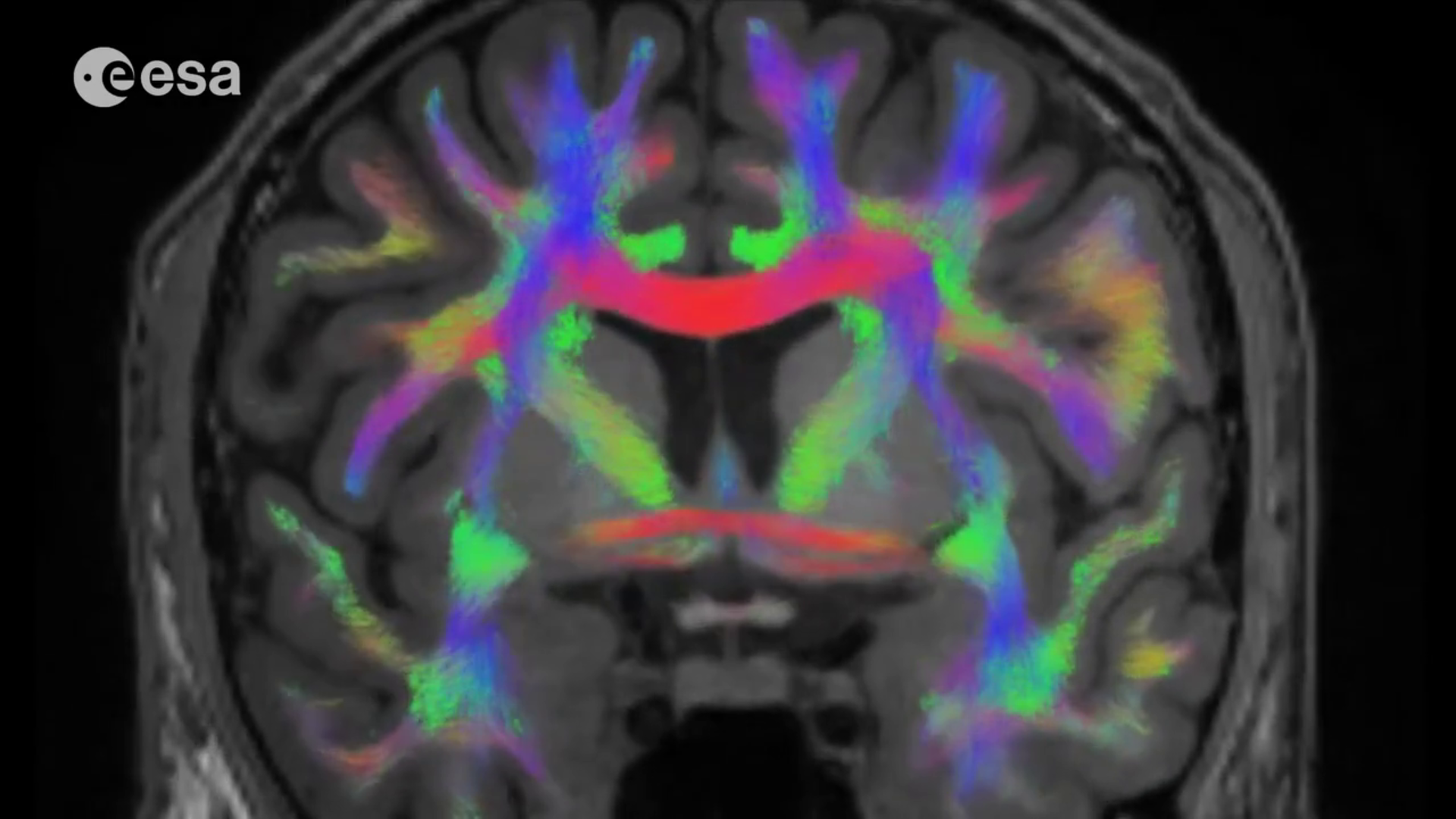
Access the video


